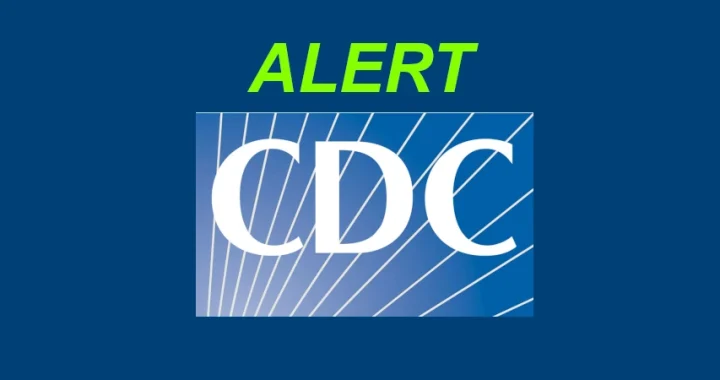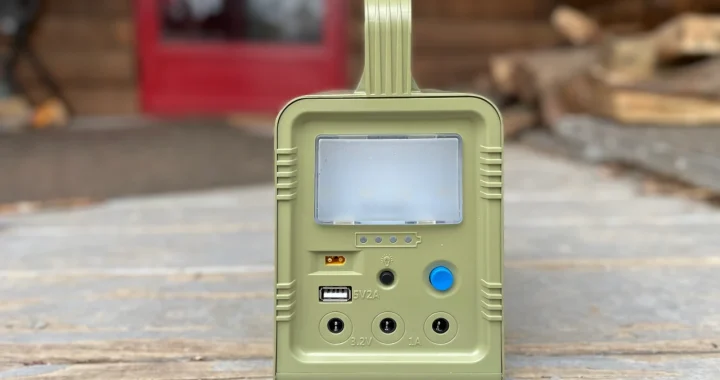Baltimore bridge collapse exposes additional infrastructure weakness.

Infrastructure serves as an complex, unseen backbone upon which our daily lives depend. From the flick of a light switch to the smooth flow of goods and information, infrastructure is the component that quietly facilitates the functioning of our society. Sadly, most people depend on it and many will suffer when it fails.
Imagine living in a world without electricity? Or how about living in a world where we had no phones to communicate, had to grow our own food and cut our own lumber to build and repair our homes? We take all these modern day amenities for granted yet we are one disaster away from losing it all.
Beneath the surface of modern day infrastructure lies a network of vulnerabilities that, if left unaddressed, could unravel the very fabric of our way of life. In the United States, a nation built upon the promise of progress and prosperity, critical infrastructure faces a myriad of challenges ranging from aging structures to emerging threats in cyberspace.
As preppers we are very aware of the issues with our electrical grid and communications infrastructure. The electrical grid is old and very vulnerable to geomagnetic storms, EMP attacks and normal wear and tear. Our communications systems are getting to the point where they will fully require the Internet to operate, setting us up for further infrastructure disasters.
These are all known infrastructure problems that we know about, but what about the ones we don’t?
The Baltimore Bridge Collapse
On March 26, 2024 a container ship collided with a pier of the Francis Scott Key bridge, aka, “The Baltimore Bridge”, causing it to collapse and block the port of Baltimore. The problem was (is at the time of this article) so great that the governor of Maryland called the event a “global crisis”.
The port is the leading U.S. port for automobiles and handles nearly 53 millions tons of international cargo each year. While much of the cargo is exported, the very point of bring the collapse in the conversation is not to point out the cargo statistics, but to point out the vulnerability of the port itself.
If a ship that losses power can bring an entire port to it’s knees then we as preppers have to ask ourselves, what other ports are vulnerable? What other bridges across the United States will cause havoc if brought down?
It seems strange to me that in 2024 it would be possible to “accidentally” destroy a bridge that happens to span a main artery to one of the busiest ports in the country. What is really going on here? The easy answer? Ignorance and money.
Texas suffered a sever power outage in February of 2021 that lasted two weeks, caused over 200 people to freeze to death and nearly $190 billion in damage. What were the findings of that infrastructure disaster? The power companies didn’t want to spend the money to bring the grid up to a sufficient level of reliability. Their bottom line was more important than investing in their existing product. In other words, they didn’t feel like it, money was more important.
Vulnerable Infrastructure
While bridge infrastructure is nothing new, there is a valuable lesson to be learned here. There is no infrastructure that is immune to failure. Here is a list of critical infrastructure components that if damaged, could have significant and lasting negative effects on the American way of life. Here are some key areas to consider:
- Water Infrastructure: This includes dams, reservoirs, water treatment plants, and distribution networks. Damage to these systems could lead to water shortages, contamination, and disruptions in water supply for drinking, agriculture, and industrial use.
- Communications Infrastructure: Telecommunications networks, including internet backbones, satellite systems, and cellular networks, are vital for communication, commerce, emergency services, and national security. Disruptions in these systems could hamper communication, coordination, and access to information.
- Transportation Hubs: Ports, airports, and railway terminals are crucial for the movement of goods and people both domestically and internationally. Damage to these hubs could disrupt supply chains, impact trade, and hinder travel and transportation of essential goods.
- Public Health Infrastructure: Hospitals, clinics, and public health agencies form the backbone of the healthcare system. Disruptions to these facilities could impede the delivery of medical services, response to emergencies, and disease surveillance and control efforts.
- Cyber Infrastructure: Critical infrastructure sectors increasingly rely on interconnected digital systems for operations and control. Cyberattacks targeting these systems could result in widespread disruptions, data breaches, and compromise of sensitive information.
- Financial Infrastructure: Banking systems, stock exchanges, and payment networks are essential for economic transactions and financial stability. Disruptions in financial infrastructure could lead to economic turmoil, loss of confidence in the financial system, and impacts on businesses and individuals.
- Energy Infrastructure Beyond the Power Grid: This includes oil and gas pipelines, refineries, and storage facilities. Damage to energy infrastructure could result in fuel shortages, price spikes, and disruptions in energy supply for transportation, heating, and industrial processes.
- Critical Manufacturing Facilities: Facilities producing essential goods such as pharmaceuticals, chemicals, and defense equipment are vital for national security and public health. Damage to these facilities could lead to shortages of critical supplies and materials.
- Food Supply Chain: Agricultural production, processing facilities, and distribution networks ensure the availability of food. Disruptions in the food supply chain could result in shortages, price volatility, and food insecurity.
- Environmental Infrastructure: This includes wastewater treatment plants, landfills, and pollution control systems. Damage to environmental infrastructure could lead to environmental degradation, public health hazards, and contamination of air and water resources.
Addressing vulnerabilities in these infrastructure sectors is crucial for enhancing resilience and ensuring the continued functioning of society in the face of various threats, whether they be natural disasters, cyberattacks, terrorist attacks or other forms of disruption.
As preppers we can look at this list to guide us with our preps. Going down the list we can come up with a preparedness plan to overcome any one of these infrastructure components. Can you survive a major break in the supply chain? What if the banks were hacked by cyber criminals? Would you have the ability to barter and trade? Do you have a way to filter water if your manipulable water supply breaks? How about your ability to survive a long term, grid down situation?
As with everything, we need to stay diligent with our preparations. Prepare for the worse, live for the best.






